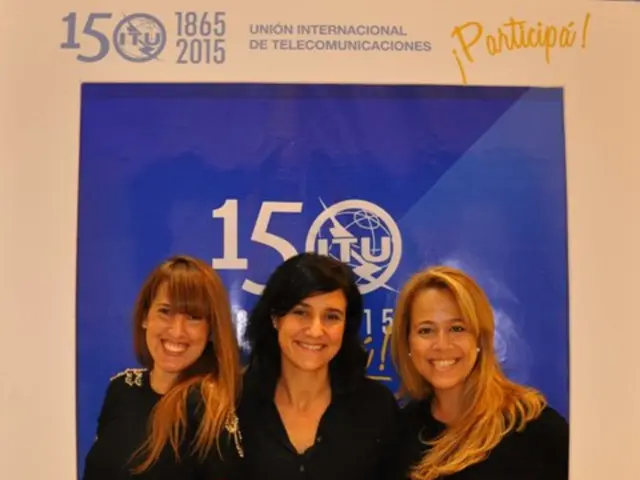Strategies for Non-Profit Organizations to Address Financial Liquidity Problems Through Fundraising Efforts
In the nonprofit sector, maintaining a steady cash flow is a constant challenge. However, according to CEO Sherry Quam Taylor of Ostrow Reisin Berk & Abrams, Ltd. (ORBA), a strategic shift can help nonprofits overcome these issues.
To begin, creating an honest, multi-year, needs-based budget is essential. This budget should provide clarity and enable the organization to plan for its financial future. Over the next 90 days, essential actions can be executed to create this clarity. These actions include publishing a multi-year budget and cash forecast, identifying prospects for flexible, large gifts, and rehearsing fundraisers to answer tough questions.
Achieving cash-flow resilience comes from securing large, unrestricted gifts through investment-level, relational fundraising. Engaging the board by asking each member for their best annual gift and inviting them to co-lead one to two investment-level relationships can help nonprofits secure these gifts. Training team members to lead investment-level conversations is also crucial, as these donors require quantitative information.
Building a short 'investment brief' that articulates the nonprofit's needs and three-year growth plans can further help attract large, unrestricted gifts. Identifying 15 to 25 prospects capable of making flexible, five- or six-figure gifts within 6 to 18 months is also crucial for nonprofits seeking to improve their cash flow.
Traditional fundraising methods like appeals, events, and campaigns are episodic and tend to attract small-dollar donors, creating spikes but not stability. By treating tapping into a line of credit as a bridge rather than a lifeline, nonprofits can improve their cash flow and focus on their mission more effectively.
Adopting a high-ROI funding model that touches every revenue lever is also necessary. This includes dialing down over-reliance on delayed or restricted sources and setting explicit targets for unrestricted dollars and investment-level individual giving. Project-restricted grants can't cover general operating needs like salaries and rent. By quantifying the specific cash-timing gap that unrestricted gifts would solve, nonprofits can prioritize their focus on acquiring these gifts.
Cash flow issues in the nonprofit sector are often due to timing differences between when funds come in and when expenses are paid out. Government reimbursements can arrive months late or get cut altogether. Unrestricted, relational investments can fix these cash flow issues by recovering money left on the table and stopping the need to raid the line of credit to meet annual financial goals.
The Forbes Nonprofit Council, an invitation-only organization for chief executives in successful nonprofit organizations, can provide valuable resources and insights for nonprofits seeking to improve their cash flow.
In conclusion, by adopting a strategic approach to fundraising and budgeting, nonprofits can overcome cash flow issues and focus on their mission more effectively. The development team's ability to lead investment-level conversations is essential for nonprofits to avoid defaulting to project-based fundraising and episodic revenue spikes. By building a short 'investment brief' and identifying prospects for flexible, large gifts, nonprofits can secure the unrestricted funding they need to thrive.
Read also:
- chaos unveiled on Clowning Street: week 63's antics from 'Two-Tier Keir' and his chaotic Labour Circus
- Skechers Debuts First American Stores Focused on Athletic Footwear Performance
- Budget discrepancy jeopardizes highway projects' financial support
- Racing ahead in Renewable Energy Dominance: Changzhou, Jiangsu Pushes for Worldwide Renewable Energy Ascendancy




